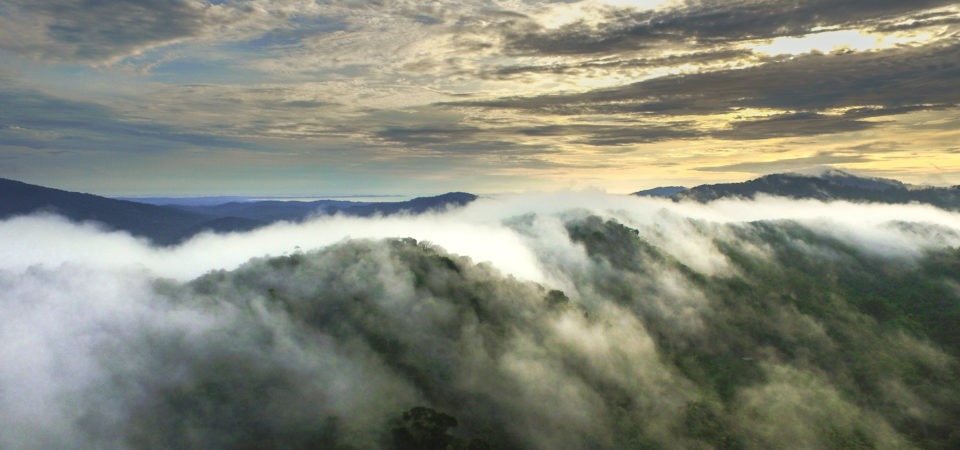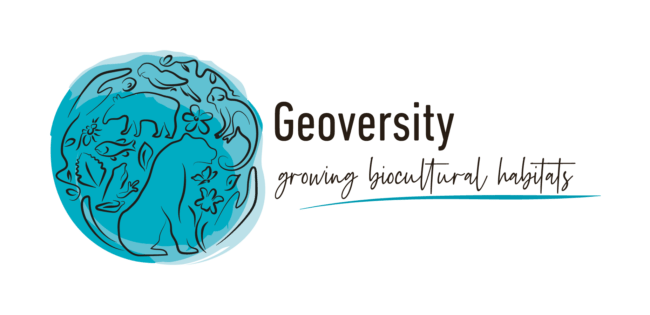This is the fifth blog in a new blog series by Geoversity
“…When we engage with a sense of reverence, something changes in the coming together—where we move from observer to participant. And we take with us a greater sense of the sacredness of creation and our place within it.”
Imagine if you were one of the first travelers on a journey to Mars. Once the initial exhilaration of embarkation begins to subside, you would see our beloved Earth slowly fade into the distance. This diminishing Earth and the sense of austere isolation that accompanies it will be like nothing human beings have ever encountered.
We try to emulate what space will be like by using spaceflight analogs on Earth. These are usually remote places like Antarctica where we can model some of the extremes of space. Yet, we still have no analog for an Earth that shrinks from our view, eventually fading to a twinkle. The longing for the people of Earth and its sacred lands will surely challenge even the most resilient human spacefarers.
In the orbital spaceflight committee that I chair, we often engage in discussions with astronauts over what sustains them in their long bouts of isolation in space. In one of our recent bioastronautics roundtables, an astronaut spoke about the small things in long-duration spaceflight that were vital to her own morale. Among these was the importance of communicating with family back home – sharing that even hearing the weather report from her hometown imbued her with a sense of connection, familiarity, and comfort.
It seems that no matter how technologically advanced we become, we have a deep longing for human connection and the places on Earth. Many who have ventured into space speak of a kind of awe and reverence that grew as they stared back at our sacred Earth or out into space. Others bring along with them the sights and sounds of nature—places on Earth that inspire awe and wonder. Indeed, even now we build augmented reality “naturescapes” for missions to Mars that emulate these qualities of our wild places.
Between Worlds
I grew up immersed in the natural beauty of Minnesota, but followed a rigorous scientific path as an adult. I did my Ph.D. research in Molecular Medicine and Biochemistry at NASA Ames Research Center. I did a second Ph.D. in Neuroscience at Lancaster University (UK), which I coupled with additional studies in Data and Models in Engineering at MIT.

My work seeks to optimize human performance in extreme operating environments, such as the Moon, Mars, the jungle, the mountains, and beyond. Over the past several years, we have been studying the enormous molecular complexity derived from the NASA Twins Study of One Year in Space, as well as preparing to take humans to Mars.
This journey has permitted me to explore with a youthful curiosity while still in pursuit of some of our enduring scientific questions.
But one August day, I walked off an inflatable Zodiac from an Orca expedition in Puget Sound and emerged in the world of the Lakota people. Joining us at the campfire was someone who seemed a long-lost brother who had been under the tutelage of Wallace Black Elk, the Lakota Wicasa Wakan.
From that day, I was drawn into the mystic world of ancient tradition, where terms of reverence like Tatanka Oyate and Wanbli Oyate were common venerations. These words meant the Buffalo Nation and the Eagle Nation. Viewing buffalo and eagles as nations of beings rather than animals seemed a uniquely reverent approach to living in our world. Likewise, the Lakota greeting Mitákuye Oyás’in translates as “all my relations” and reminds people of their personal relatedness to everything that exists.
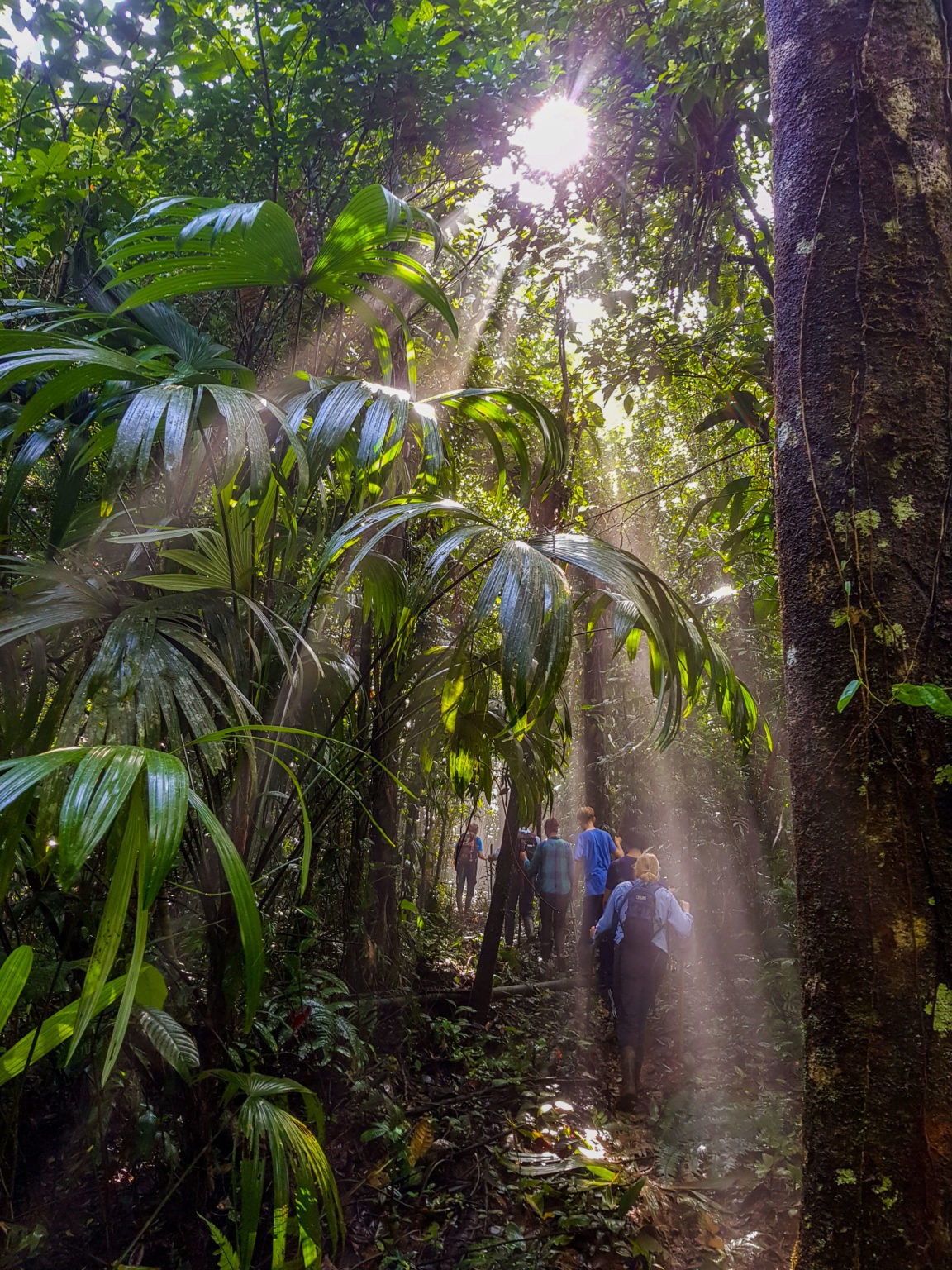
I once sat with Torrey (Red Hawk) on a mountainside as an eagle circled close overhead. He looked up and said, “Ah, thank you, Tunkashila,” as was his practice to openly express gratitude to the creator for the beings that crossed his path. I then met the Mohawk medicine woman Cecelia Mitchell who viewed plants as teachers, with a special veneration for trees as elders that provided nourishment, medicine, and shelter. I encountered the Tlingit elders of northern British Columbia, who revered the killer whale as a special protector of humankind and never hunted them.
The Power of Shared Experience
In 2018, my friend Wade Henrichs, an emergency physician, and I were on an expedition with National Geographic leaving the Panama Canal on a ship named the Quest. On a crystal-clear evening in March, the Milky Way Galaxy was our constant guide ahead, while the constellation Orion crept slowly toward the horizon with time. The ocean was electrified with cuttlefish creating small explosions of light out of the bioluminescent algae.
Then, at about midnight, as Wade and I were leaning over the bow gazing into the water, one dolphin, then two, then four, then eight – burst up in front of the bow. As they surged through the bioluminescent algae, the dolphins lit up with a ghostly, white-hot radiance. All others on the ship were asleep, except the captain and the cook. Suddenly, the captain left the bridge and rushed down to see why the two of us were so fixated beneath his bow. His face was full of awe as he witnessed the sheer playfulness of our new dolphin companions in their spectacular dance of light.
After nearly 30 minutes, the ocean had calmed and the stars reflected off the ocean, as though there were stars above, below, and all around. As I let myself drift off into the experience, the Quest seemed to disappear. I was now on a ship with ghost dolphins flying through space—destination the Milky Way with Orion the Hunter as our guide. How the dolphins came to be with us that night is a story for another time.
The captain, the cook, Wade, and I were bonded by the rarest of encounters—an encounter that only happened when we ventured into the unknown, offered an invitation to nature, and opened ourselves to the extraordinary. But this story draws us to some engaging questions: When humans and dolphins come together, should we consider this a meeting of two cultures? Is there an exchange of knowledge, wisdom, gratitude, or joy?
Having had many such encounters, I have come to believe that when we engage with a sense of reverence, something changes in the coming together—where we move from observer to participant. And we take with us a greater sense of the sacredness of creation and our place within it.
A Convergence of Cultures
This meeting of cultures can bear such unexpected gifts. For all of its advanced technology in building rockets and preparing men to go to the Moon, NASA looked to the Emberá chief Manuel Antonio Zarco of the Choco (Embera and Wounaan) nation in Panama. Chief Antonio was a senior elder of this entire indigenous society of some 30,000 people [in Panama and Colombia] and was helping the US Air Force Tropical Survival School in their jungle survival program. In preparation for the Apollo mission to the Moon, NASA sent astronauts Neil Armstrong, John Glenn, Michael Collins, and Charles Conrad into Panama for jungle survival training. This training spanned the Mercury, Gemini, and Apollo space missions.
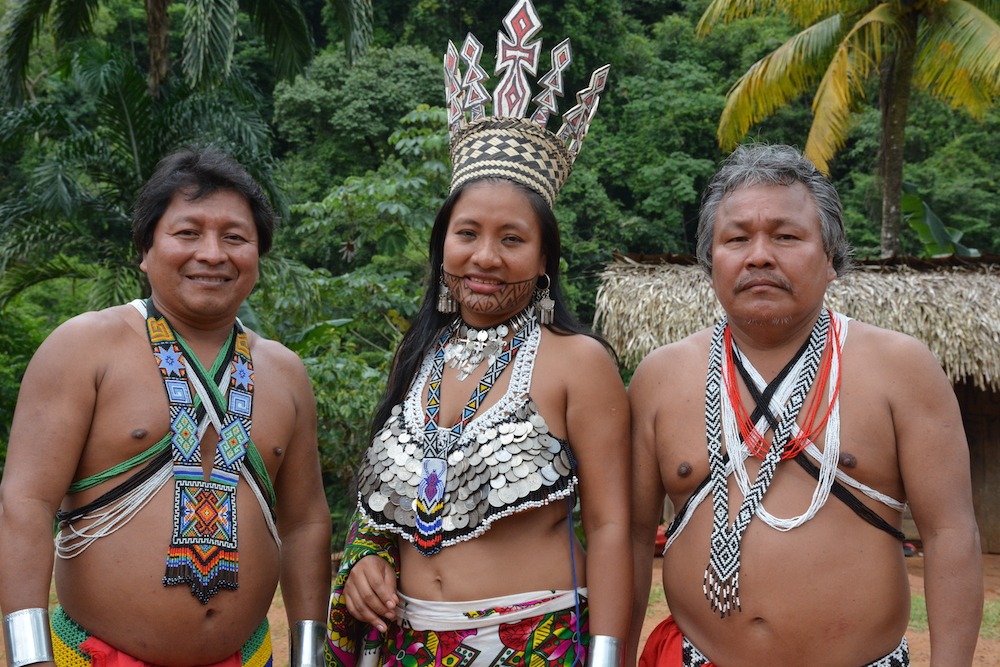
According to anthropologist H. Morgan Smith in an interview conducted by NASA’s Johnson Space Center oral history project:
“What the Choco Indian did down there, Antonio Zarco, was so wonderful with all the training. If anybody got disoriented or lost, somebody with a radio would be there and we’d ask Antonio to bring them in. They did. And he was especially nice with the astronauts, because we told him, ‘These people are going to the Moon.’ Well, the Choco spirit goes to the Moon when they die. Put those two facts together, and these guys were being trained by the people whose spirit will be there.”
Geoversity: A Lush Campus for the Curious
The Emberá and the lands of Chief Antonio’s people are direct neighbors of the 12,800-acre Mamoní Valley Preserve that serves as Geoversity’s natural campus. When I first arrived at the Geoversity science center in the preserve, I was touched by how Geoversity welcomes the curious, the mysterious, the generous, the leaders, the followers, the suffering, and the aspiring. The culture of Geoversity seeks to elevate rigorous science, the richness of nature, and the culture of people and place.
It seeks not only to find our place in the world but to shape our world in a way that raises human dignity while tackling the technical challenges of our day. It seeks to build leaders who excel at collaboration. It seeks to bring people together by finding what we share while celebrating our uniqueness. This convergence of aspirations is at the heart of the Geoversity School of Biocultural Leadership (GeoSchool).
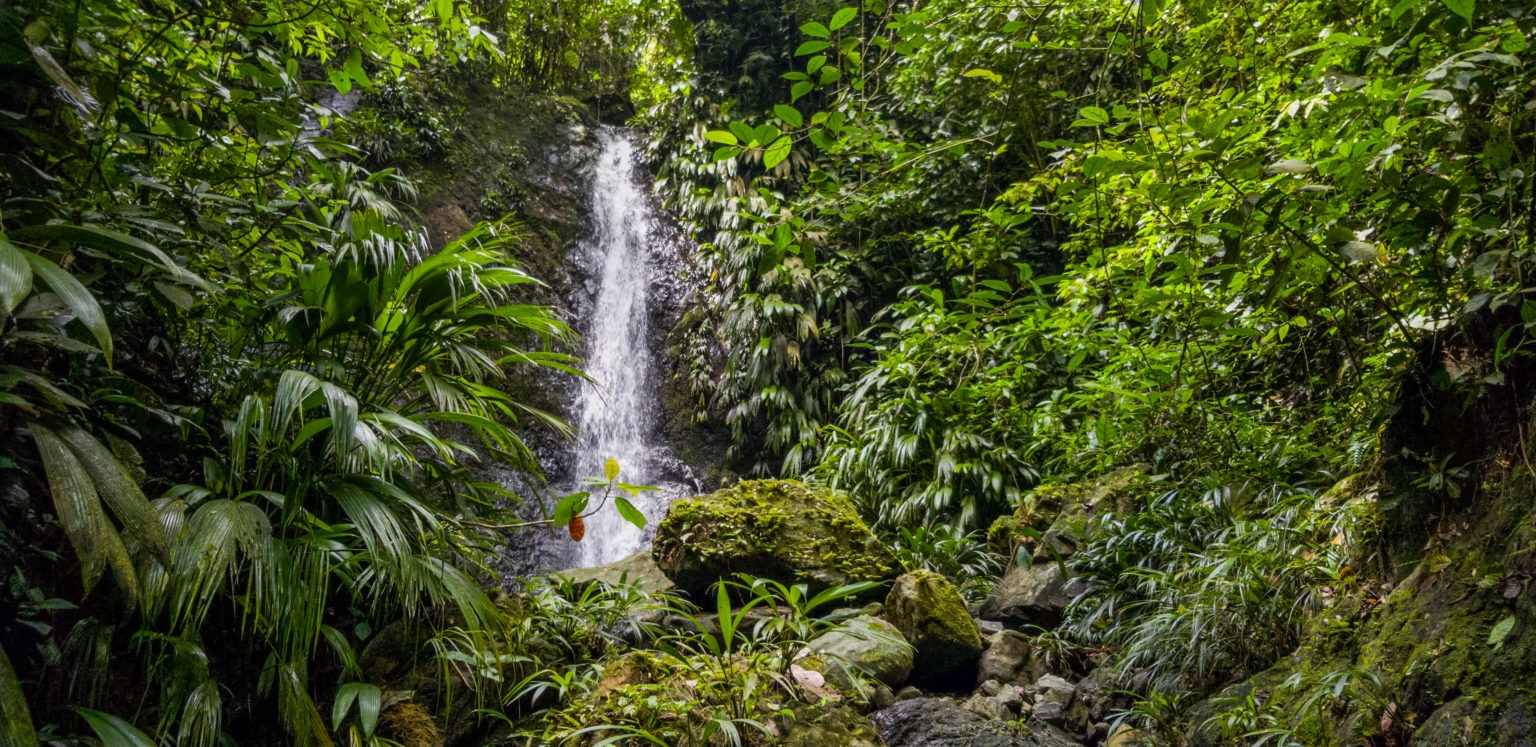
As Chair of Medicine and Human Performance, I and my team have sought to infuse the GeoSchool with technical and scientific excellence that also imbues a sense of reverence for our world and for one another. One of our programs is centered on the remote medicine training and certification we provide to Panamanian guides to become Wilderness First Responders. This is meant to enhance the safety of those who enter the wilderness to experience its richness and to employ locals through the Panama Office of Tourism. Another of our programs expands into Life Changer expeditions for wounded military Special Forces veterans and wounded warriors of all types who seek to heal through their journeys of togetherness. Geoversity is that place where wonder, curiosity, togetherness, and knowledge intersect with celebration and play.
Michael A. Schmidt, Ph.D. is the CEO and Chief Scientific Officer of Sovaris Aerospace and President of the Life Sciences and Biomedical Engineering Branch of the Aerospace Medical Association. He also serves as the Chair of Medicine and Human Performance at the Geoversity School of Biocultural Leadership.
The MAHB Blog is a venture of the Millennium Alliance for Humanity and the Biosphere. Questions should be directed to joan@mahbonline.org

